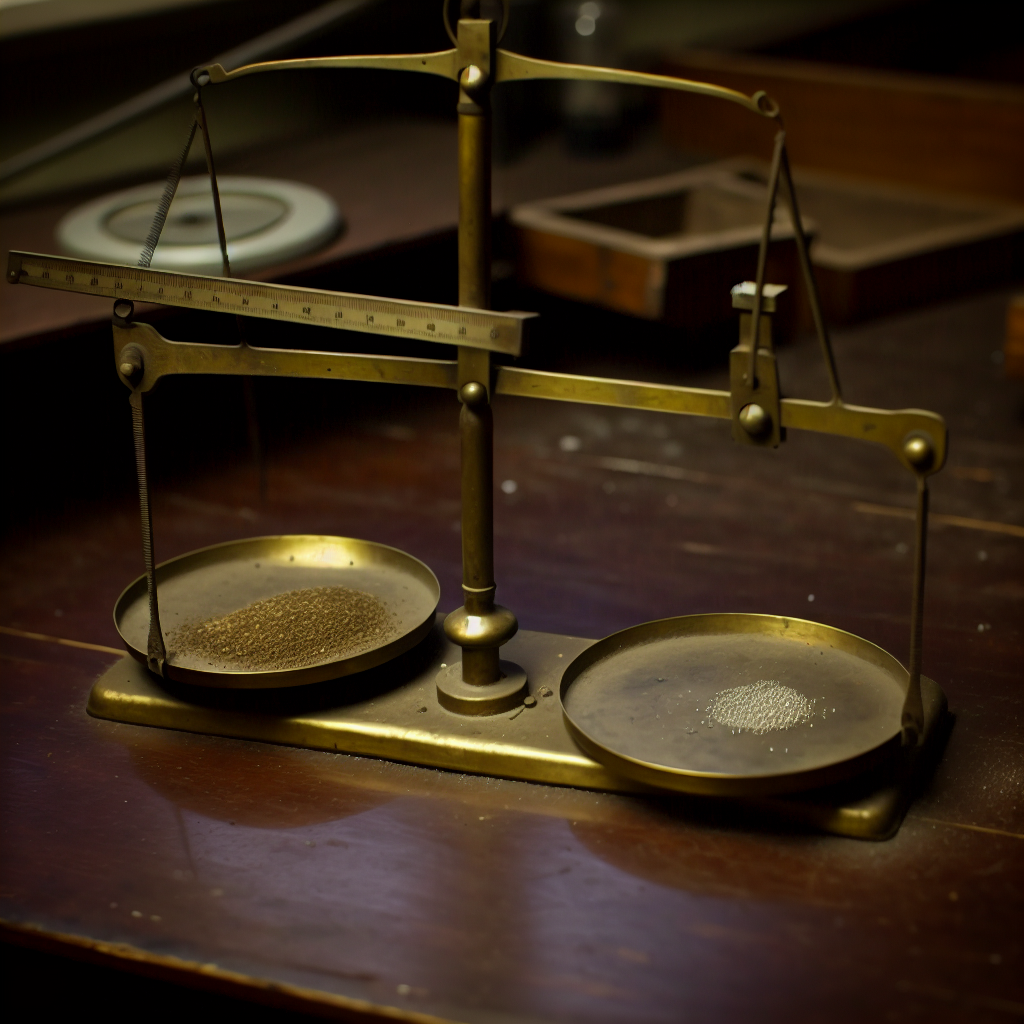
Making sense of lead quantities
Share
Lead tends to be measured in micrograms (mcg) in all sorts of ways:
- Micrograms per square foot (dust measurements)
- Micrograms per decilitre (blood level measurements)
- Micrograms per litre (drinking water measurements)
- Micrograms per square centimetre (XRF measurements of paint)
Soil levels are typically measured in milligrams per kilogram or parts per million (ppm) - the units are equivalent
- Milligrams per kilogram / parts per million (soil measurements)
Some typical values might be:
- 10 mcg/sqft of lead in floor dust (the maximum level that would be considered safe in the US)
- 400 parts per million or milligrams per kilogram of lead in soil (again, the maximum level that would be considered safe in the US)
- 3.5 mcg/dL of lead in blood (the CDC 'reference level' for blood lead; defined as the level which 97.5% of young children are below)
- 2.2 mcg/day (the maximum allowable level of dietary lead set by the US FDA)
One microgram is 1 millionth of a gram, so a very tiny quantity!
The FDA uses the 2.2 mcg/day figure to work out limits for lead in various foods. In order to arrive at that figure it used a model developed by the EPA linking quantities of lead ingested to blood lead levels. 22 mcg/day is the amount predicted by the model to produce the CDC 'reference level' of 3.5 mcg/dL in blood. As we have discussed elsewhere children at the reference level would be expected to lose around 3.5 IQ points and suffer increased risk of ADHD so the reference level is not the 'safe' level - it is just a reference. Therefore the FDA divided 22 by 10 as a 'safety factor' to get 2.2.
OK - so we know 2.2 is pretty safe and 22 mcg/day is pretty dangerous.
Now consider: surfaces covered in lead paint typically range from 1-20,000 micrograms per square centimetre, with values at the higher end common in older properties.
A single tiny paint chip, small enough to stick to a finger and go unnoticed, let's say a square millimetre, might deliver 100-200 micrograms of lead - roughly 50-100 times the safe level for a single day. It's not hard to see how tiny almost unnoticeable areas of paint deterioration could have a big impact.
If you have exposed lead paint in relatively good condition in your home and run a dust wipe over it you might find quantities of liberated lead microparticles reaching upwards of 1000 mcg/sqft where the paint is degrading invisibly into dust on the surface. There are approx. 1000 square centimetres in a square foot, so a single fingertip touching that dust might pick up 1 mcg of lead. Touch the dust a few times a day and, again, it's not hard to see how the figure of 2.2 mcgl/day might be rapidly exceeded.
